How Will the U.S. Election Impact the Israel-Gaza Conflict, and Vice Versa?
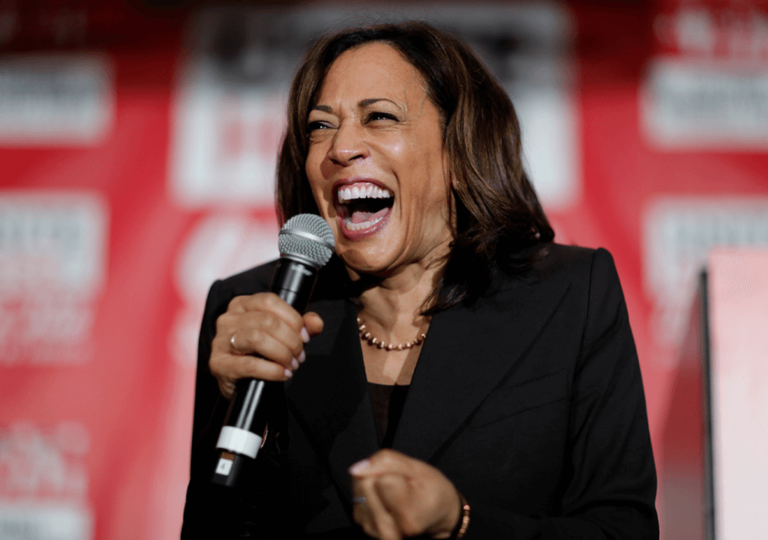
Israel's war on Gaza continues, with the U.S. facing challenges in mediating effectively amid political divide

Israel's war on Gaza continues, with the U.S. facing challenges in mediating effectively amid political divide
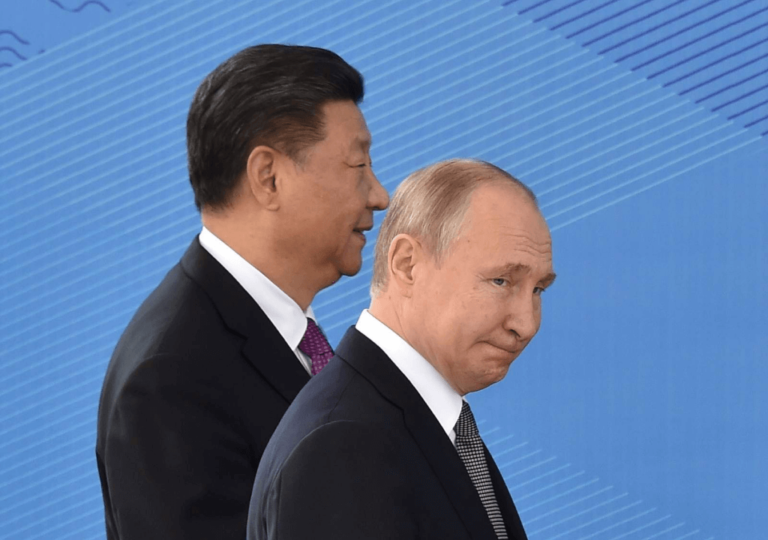
Putin seeks mediation from China and India as the Russia-Ukraine war reaches a stalemate, complicating peace efforts

Jordan's parliamentary elections saw the Islamic Action Front secure 31 seats, reflecting voter frustration with the political status quo
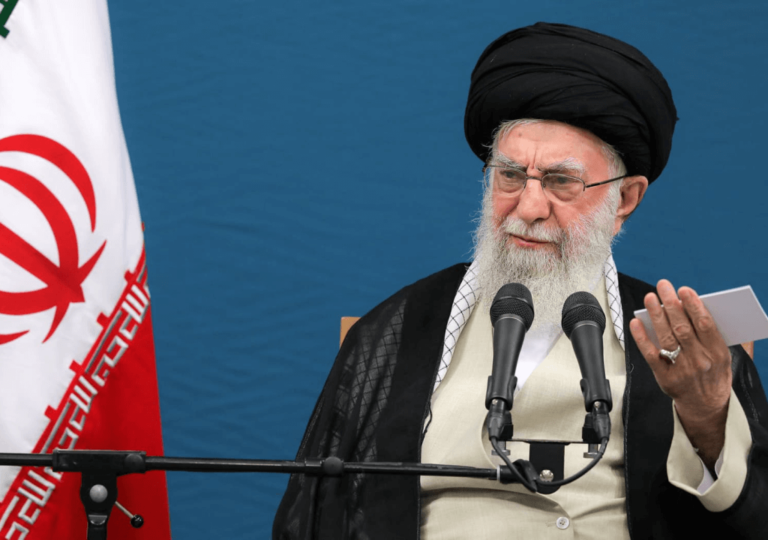
Iran's support for Russia amid the Ukraine war faces scrutiny as tensions rise over Moscow's backing of Azerbaijan
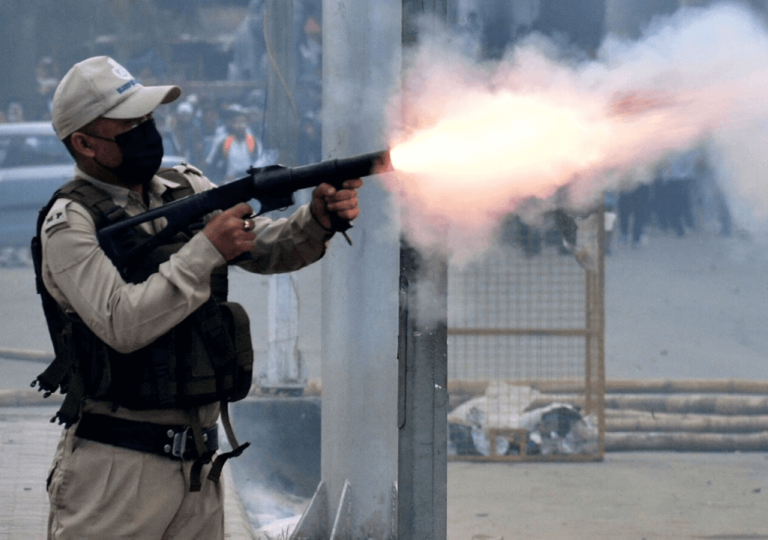
Ethnic clashes in India's northeast, rooted in generational tribal animosities, have escalated into a civil war-like situation in Manipur
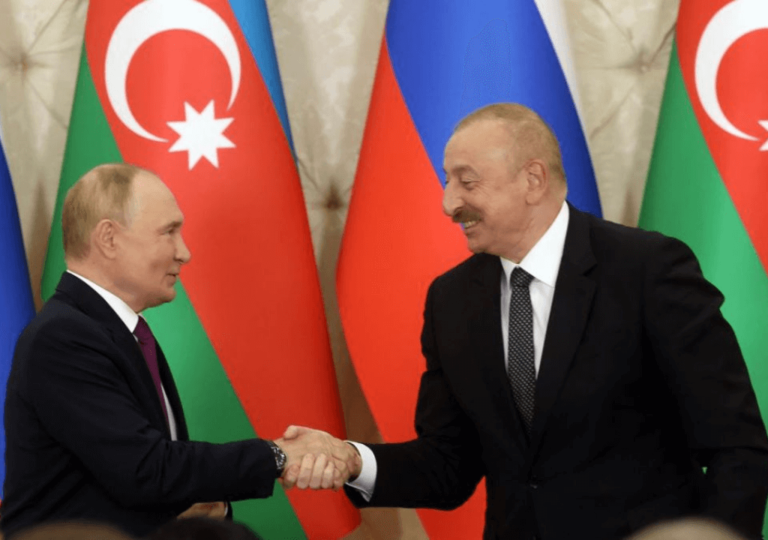
Azerbaijan's ruling party secures narrow victory in snap parliamentary election criticized by observers as lacking competition and democratic standards
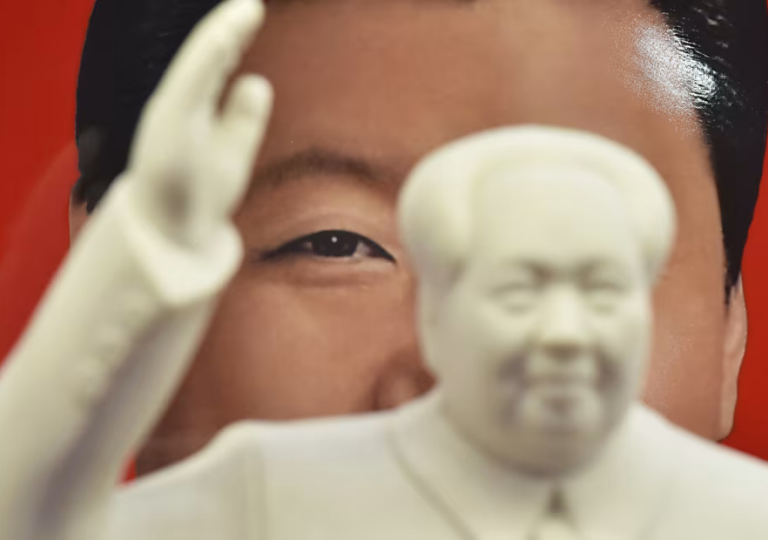
Taiwan questions China's territorial integrity claims, challenging its silence on lost lands to Russia while asserting its own sovereignty
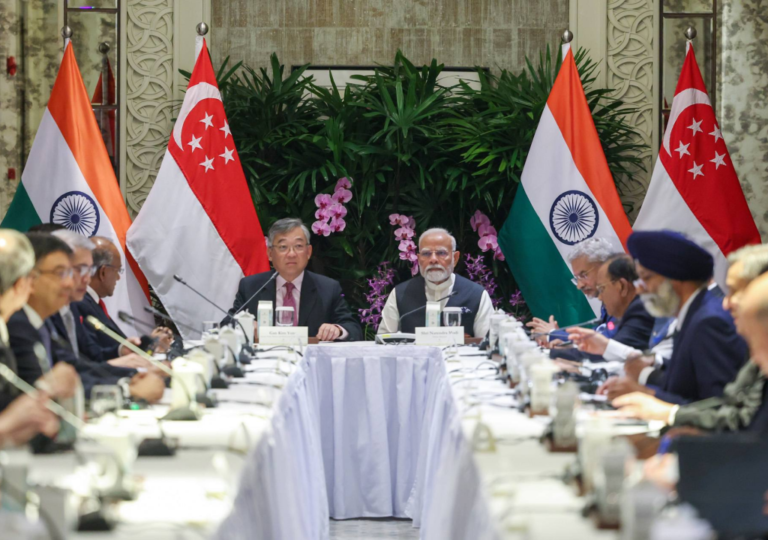
Singapore strengthens ties with India, signing agreements on semiconductor cooperation and exploring collaboration in technology and green energy
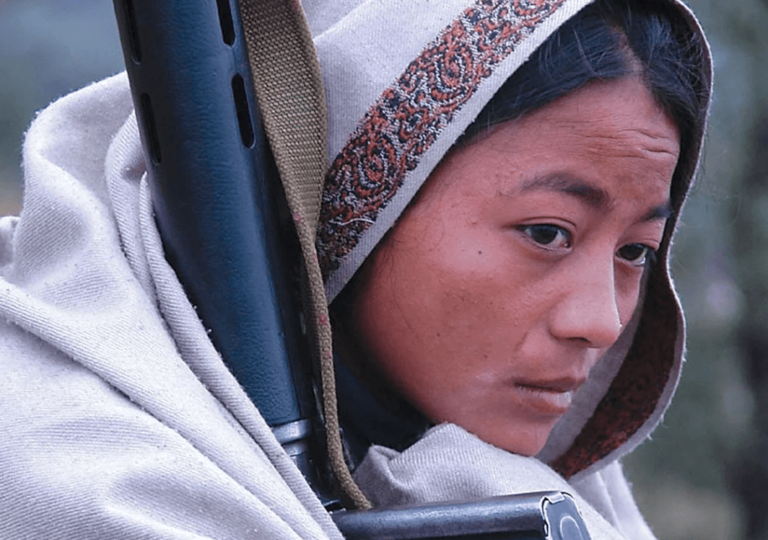
Nepal's civil war victims await justice 20 years after thousands were tortured, raped, killed, and disappeared during the 1996-2006 conflict
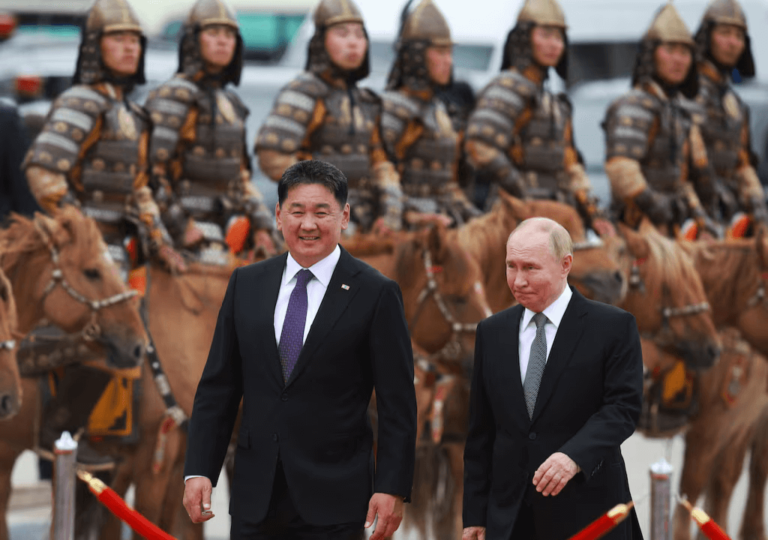
Mongolia welcomed Putin despite ICC arrest warrant, raising concerns over its international obligations and geopolitical stance